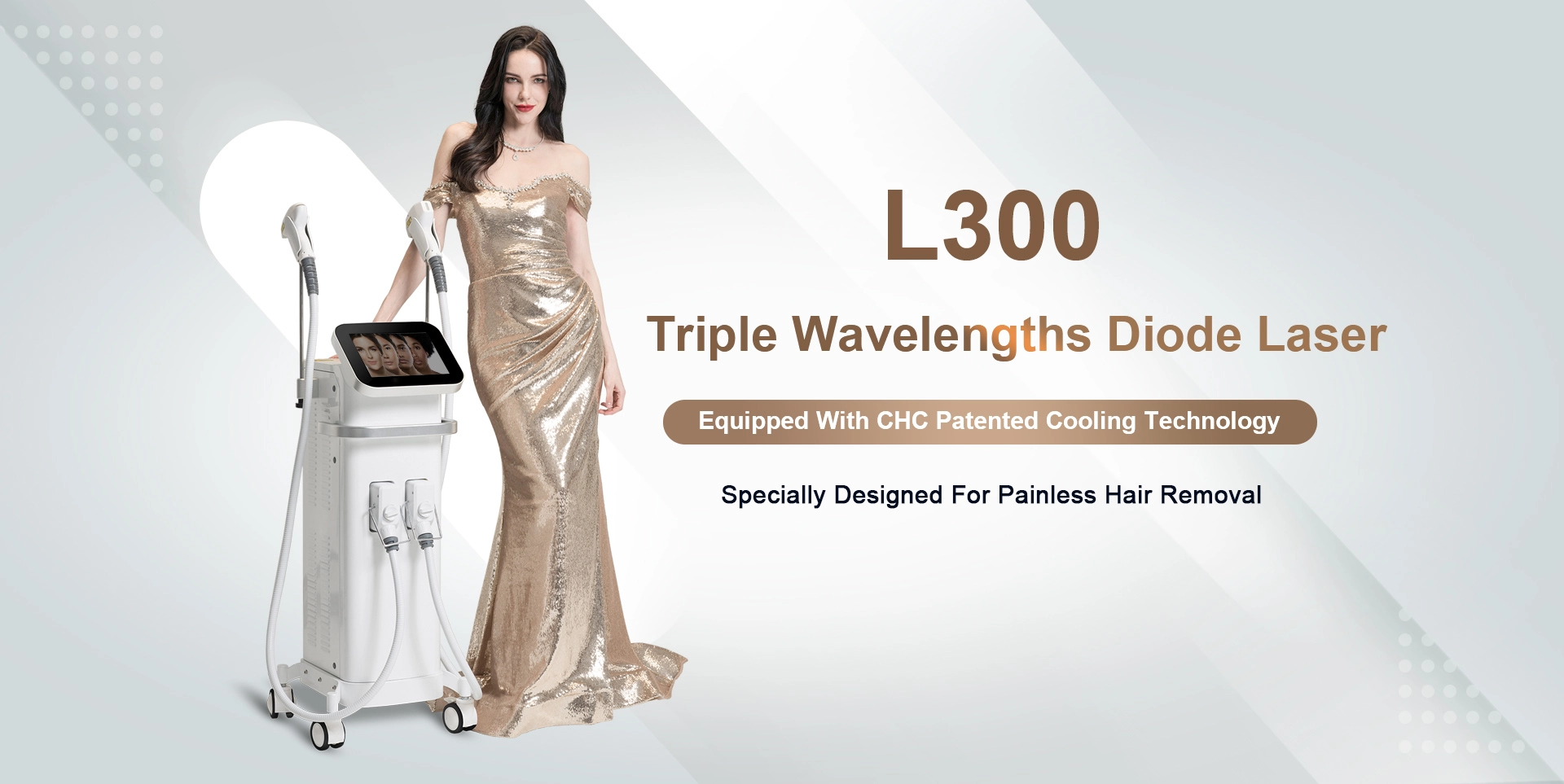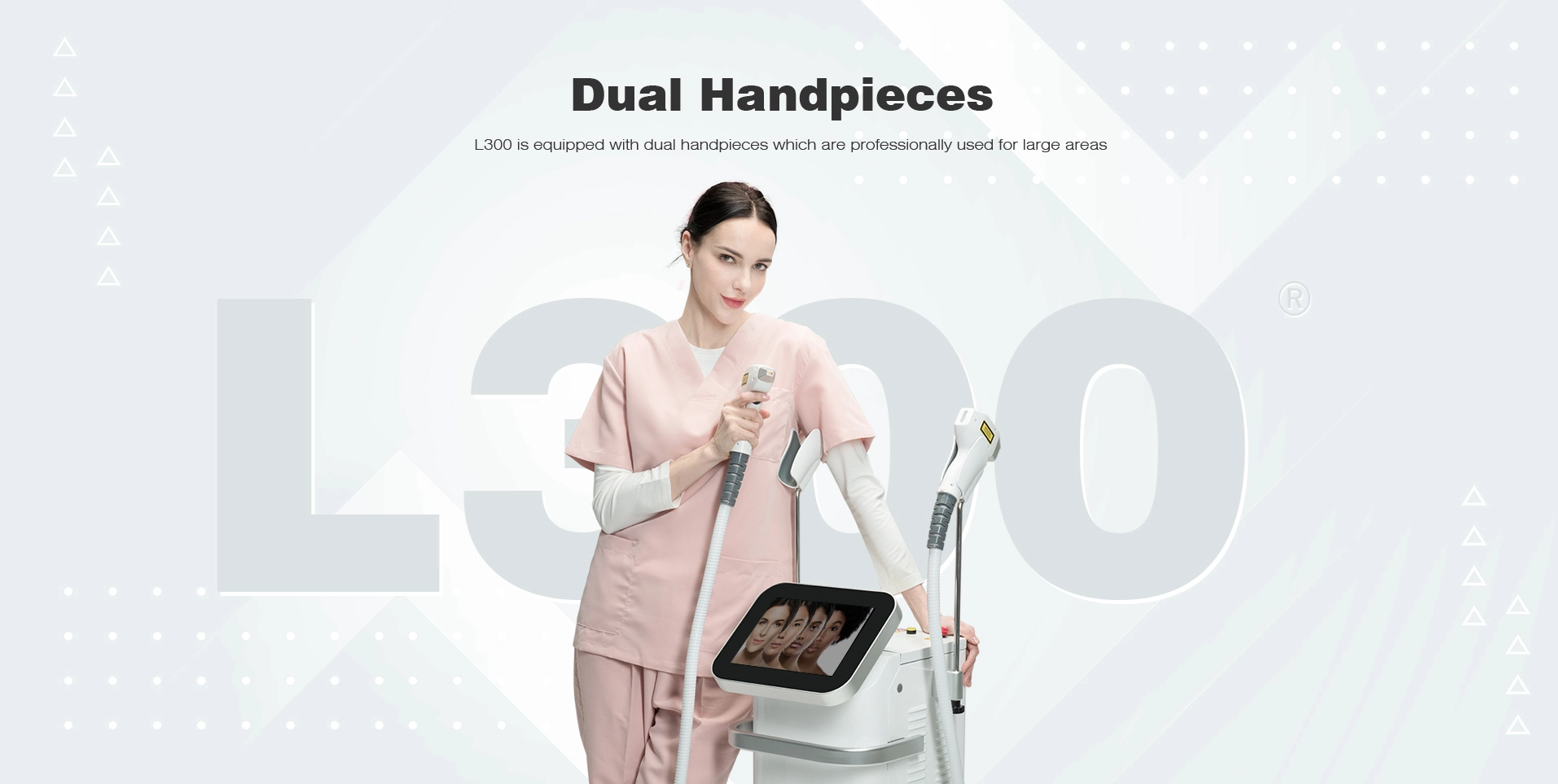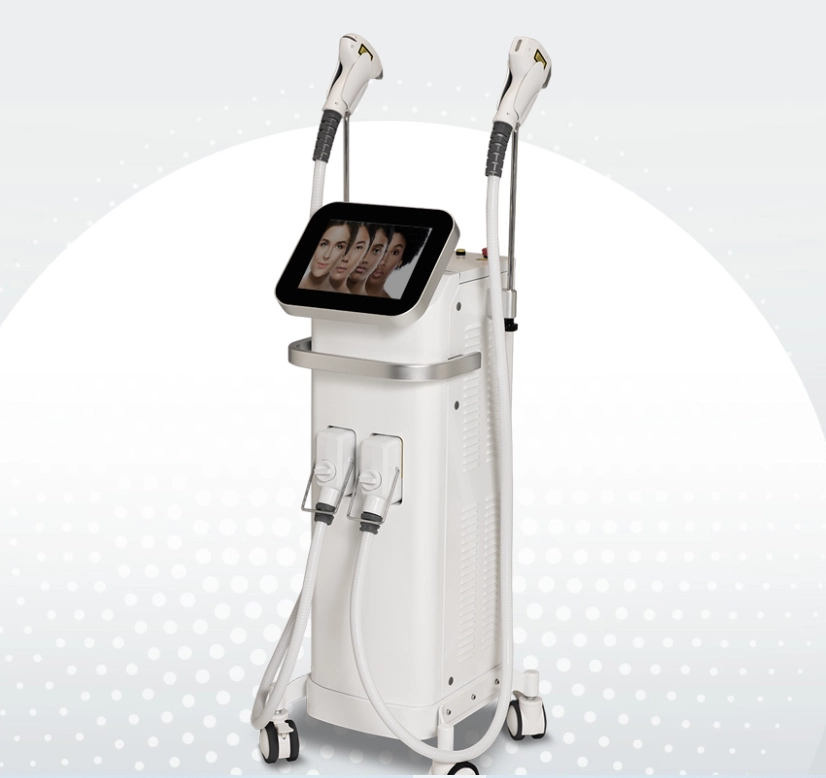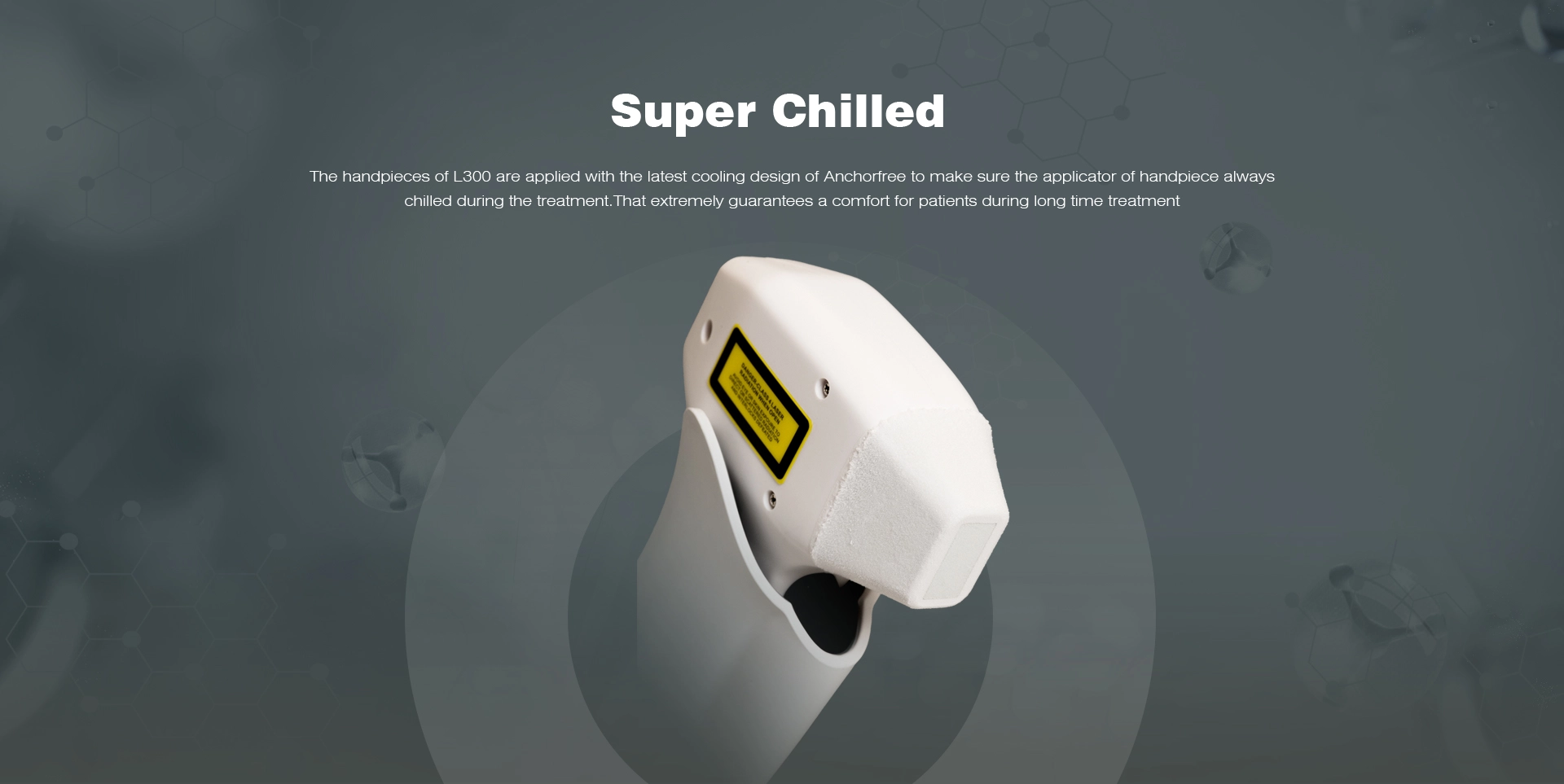Can You Get Laser Hair Removal While Pregnant? What You Need to Know
How Does a Laser Hair Removal Treatment Work?
Laser hair removal uses a light-shooting laser to target hair. The light gets soaked up by the color in the hair. This works best for people with light skin and dark hair. The light turns into heat that harms the hair roots.
This harm slows or stops future hair growth. You won’t see results right away. It usually takes a few sessions to get smooth skin that lasts. After a couple of treatments, you’ll notice better results. Some people need touch-up sessions for even better outcomes. Many enjoy not shaving or waxing for years. Some even get permanent hair reduction.

Laser Hair Removal While Pregnant
Pregnancy causes big hormone changes that affect things like hair growth. So, many women ask: can you get laser hair removal while pregnant? Right now, there’s no clear research saying if this treatment is totally safe during pregnancy.
There are no set rules for using laser light for hair removal when pregnant. Doctors and experts haven’t studied enough to know if the laser could affect the mom or her baby.
Is Laser Hair Removal Safe During Pregnancy?

Laser treatments are usually safe for people who aren’t pregnant. But their safety during pregnancy isn’t clear. Most OBGYN doctors suggest waiting until after the baby is born to use a laser for hair removal. This careful approach comes from not having enough studies on how lasers affect a baby in the womb.
Also, pregnancy hormones change skin color and make skin more sensitive. These changes could cause problems like irritation or darker skin patches after treatment.
Managing Pregnancy Hair Growth Changes
During pregnancy, many women see changes in body hair because of hormones. Hormones often cause extra hair to grow, like on the face, hands, legs, or private areas.
These changes can be annoying but usually don’t last. After the baby is born, hormone levels slowly go back to normal. So does your hair growth cycle. Talk to your doctor to decide if you should wait or try other methods until after pregnancy.
Potential Risks
Even though laser treatments don’t cut the skin, they have risks, especially when pregnant. Your skin may act differently during pregnancy.
The American Society of Plastic Surgeons lists some risks of laser hair removal:
- Swellingaround hair roots
- Red or irritated skin
- Temporary changes in skin color, especially for darker skin tones
- Changes in skin feel
- Rare blistering or scabbing
Pregnant women may have more sensitive skin or color changes. This makes irritation or skin darkening more likely after treatment.
Burns are rare but could happen. Healing might take longer because of body changes during pregnancy. Still, there’s no proof that laser hair removal hurts the baby.
How Long Does Laser Hair Removal Last?

People choose laser hair removal because it works for a long time. Many don’t need touch-ups for at least five years after the right number of sessions. For some, results can even be permanent, depending on hormones and treated areas.
But pregnancy changes hormones a lot. This affects the hair growth cycle. So, treatments during pregnancy might not work as well. It’s often better to wait until hormones settle after giving birth.
How to Address Unwanted Hair While Expecting
If you have extra or unwanted hair during pregnancy but want to skip lasers, there are safe options:
You can use waxing, shaving, threading, or epilation devices. These are okayed by doctors for pregnant women.
Be careful with hair removal creams. Some have chemicals like barium sulfide or thioglycolic acid that might irritate sensitive pregnant skin. Choose creams carefully to avoid irritation.
After your baby is born and hormones settle—usually about six months—you can safely start laser treatments again. Check with your doctor to know when it’s okay.
Overview of Triple Wavelength Diode Laser L300 from Anchorfree

For those looking at professional treatments after pregnancy, the Triple Wavelength Diode Laser L300 from Anchorfree offers great results for different skin types.
The Triple Wavelength Diode Laser L300 has two handpieces. One is for big areas with Super Hair Removal. The other is for precise work in small spots. These handpieces have Anchorfree’s newest cooling design to keep the tool cool, making treatments comfy for long sessions.
Key features include:
- Laser Wavelengths: Uses three wavelengths: 755nm, 808nm, and 1064nm.
- Energy Density: Up to 50 J/cm²
- Cooling System: Has compressor cooling and semi-conductor cooling
- Spot Sizes: Dual handpieces with 1225mm² and 88mm² sizes
- Lightweight comfy designfor long use
- One-year warrantyor up to 10 million shots
This system gives exact results across different hair root depths while keeping users comfy. It’s a great choice for long-term hair removal after childbirth.
FAQ
Can you get laser hair removal while pregnant?
There are no set rules for using laser light for hair removal during pregnancy. Most experts suggest waiting until after you give birth.
Is laser hair removal harmful to my baby?
There’s no proof that laser hair removal hurts the baby. But there’s not enough research on risks to the baby, so it’s best to avoid it while pregnant.
When can I resume laser hair removal treatments postpartum?
You can usually start laser sessions about six months after giving birth or when your doctor says it’s okay.
What’s an effective alternative for laser hair removal during pregnancy?
Waxing, shaving, threading, epilation devices, and carefully picked hair removal creams are safe options doctors approve for pregnancy.
Will my body return to its normal hair cycle?
Yes. A few months after giving birth, your hormones and hair growth cycle will go back to normal.







